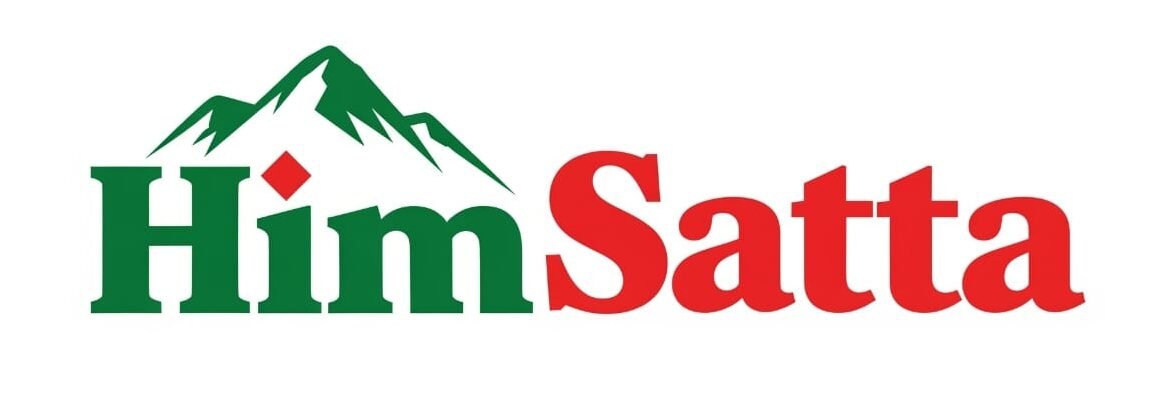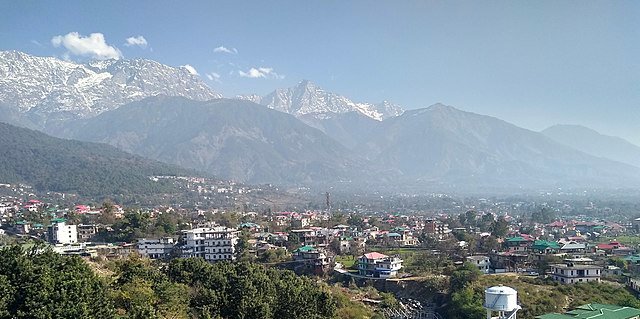By….. Arvind Sharma , a senior freelance journalist

The Congress-led government under Chief Minister Sukhvinder Singh Sukhu is giving a renewed push to Dharamsala’s growth, with bold decisions that may finally realize the city’s long-standing potential. Long known as the seat of the Dalai Lama and a beloved hill destination, Dharamsala is steadily emerging as a political and administrative hub in Himachal Pradesh.
The move to bring several state office headquarters from Shimla to Dharamsala is not only strategic but symbolic. It signals a decentralization of governance and an effort to uplift this smart city by infusing it with administrative significance. Already, plans are in motion to bring half a dozen new offices to the region.
This, however, is not the first time a Congress government has shown vision for Dharamsala. The late Virbhadra Singh, one of the most charismatic and bold Chief Ministers of the state, had earlier shifted the Himachal Pradesh Board of School Education from Shimla to Dharamsala. He also oversaw the creation of the Vidhan Sabha building here, which paved the way for a unique tradition—the annual Winter Session of the Assembly in the city. Notably, it was Singh who declared Dharamsala as the second capital of Himachal Pradesh—an honor that subsequent governments have unfortunately failed to promote or solidify.
Now, CM Sukhvinder Singh Sukhu is continuing that legacy. His government has sanctioned some of the most ambitious projects for Dharamsala, including the largest milk processing plant in the state, a world-class Unity Mall, different skating rinks and an international-level convention centre. All this complements the city’s global reputation, thanks to its iconic cricket stadium—often hailed as the most beautiful in the world—and also one of the busiest hill airports in the country.
Yet, for all its smart city aspirations and world-class projects, Dharamsala still stumbles on a fundamental urban need: efficient, affordable, and modern public transportation.
The Missing Link: Local Transport
It is baffling to residents and experts alike that lower Dharamsala—comprising areas like Kotwali Bazaar, Civil Lines, Ramnagar, Shyam Nagar, Dari, Badol, Sidhwari, Sakoh, and Khaniyara—is still deprived of basic local commuting options like auto-rickshaws and app-based taxis.
While Macleodganj, which has much steeper terrain, allows three-wheeler rickshaws to operate, the flatter and more accessible lower Dharamsala areas do not. This paradox has raised eyebrows. “Why does one part of the same city get the facility and the other doesn’t?” ask frustrated locals.
Urban planning experts argue that if three-wheelers were allowed in these flat regions, it could significantly reduce the traffic congestion caused by four-wheelers—especially for daily commutes within the city.
No Uber. No Ola. No Logic?
Another glaring gap in Dharamsala’s urban infrastructure is the complete absence of app-based cab services like Uber, Ola, or Rapido. In an age when even tier-3 towns are seeing the benefits of digital ride-hailing platforms, this smart city remains surprisingly behind.
Rajesh Kumar Gurung, a local resident, puts it plainly: “If Dharamsala is being considered a major tourist place, then having services like Uber, Ola & Rapido would be of great help to tourists. Currently, taxi fares are not standardized, and negotiations are often arbitrary. Metered fares would bring fairness and transparency.”
Deepshikha Gurung echoes this sentiment: “Having Uber services would be a game-changer for Dharamsala. It’s about convenience, accessibility, and modernization.”
Dimpi Pradhan adds with enthusiasm: “Metro city life is here! Bring on the Uber and Ola services!”
Neena Sharma concurs: “Yes, Ola and Uber are most important!” while Ajay Sharma predicts that “it’s only a matter of time before bike taxis come to the city.”
However, insiders claim that local taxi unions are the biggest roadblock. Many retired officials and local business owners believe that entrenched interests are actively resisting modern systems that would offer more choices and affordability to commuters.
A City at a Crossroads
Dharamsala is poised for greatness. The foundation is strong—political will, infrastructure, tourism potential, and natural beauty. Yet, without solving the puzzle of urban mobility, the city risks growing in image but not in inclusiveness or functionality.
As the Sukhvinder Singh government pushes forward with big-ticket infrastructure projects, the people of Dharamsala hope that the next wave of progress will be rooted in common sense: empowering residents and visitors with modern, affordable, and traffic-reducing transport solutions.
After all, what’s a smart city without smart mobility?





